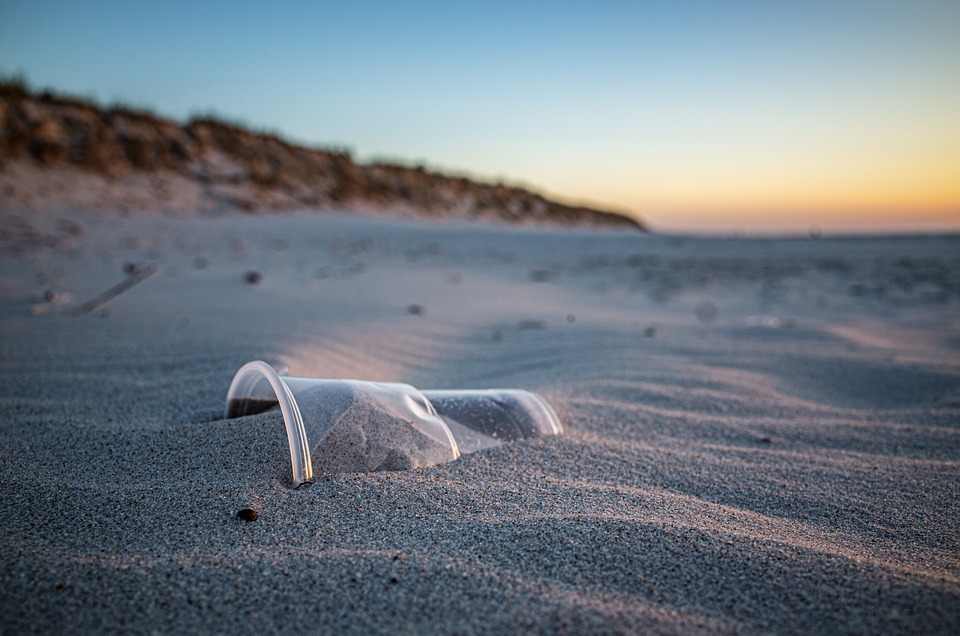
Plastic pollution is a serious problem requiring rapid and effective action plans to stop or reduce the flow of this material into the environment. It is therefore necessary to adopt widely accepted and harmonized analysis and monitoring methodologies which are currently lacking.
To fill this gap, a recent study combined two approaches normally used in technological development and applied them for the first time to the quantification of plastic dispersed in the environment. The results have been published in Nature Reviews.
The research, coordinated by the National Research Council’s Marine Science Institute (ISMAR-CNR), is part of the European quality Controlled Harmonization Assuring Reproducible Monitoring and assessment of plastic pollution (EUROqCHARM) project. Funded under the Horizon 2020 research and innovation programme, EUROqCHARM brings together 15 partners from various European countries including Italy which is also involved in the initiative through the National Institute of Oceanography and Applied Geophysics (OGS).
The strategy chosen by the team of scientists is based on the Technology Readiness Level (TRL) scale – a method used to assess the maturity of a particular technology – applied to Reproducible Analytical Pipelines for plastic monitoring.
Stefano Aliani, CNR researcher, explained: “We examined about 3000 scientific papers on plastic pollution monitoring as if they were elements of a Reproducible Analytical Pipeline (RAP), which involves a series of precise steps: survey design, sample collection and preparation, analytical detection, quantification and data reporting.”
“An initial selection reduced the number of articles analysed to 2500 – still a huge amount of data – which were divided into about 50 different objective and quantifiable parameters including sampling volume and duration, plastic particle size, detection method, unit of measurement,” added the scientist, who concluded: “Subsequently, the technological maturity of each element was assessed using the Technology Readiness Level (TRL) scale: if the levels are high, it means that the counting systems used in the various studies are able to provide quality data and can therefore be used with confidence by decision makers.”
According to the researchers, this approach offers a potentially useful tool for all types of environmental monitoring, able to effectively support decision-making processes for the definition of standardized guidelines.

